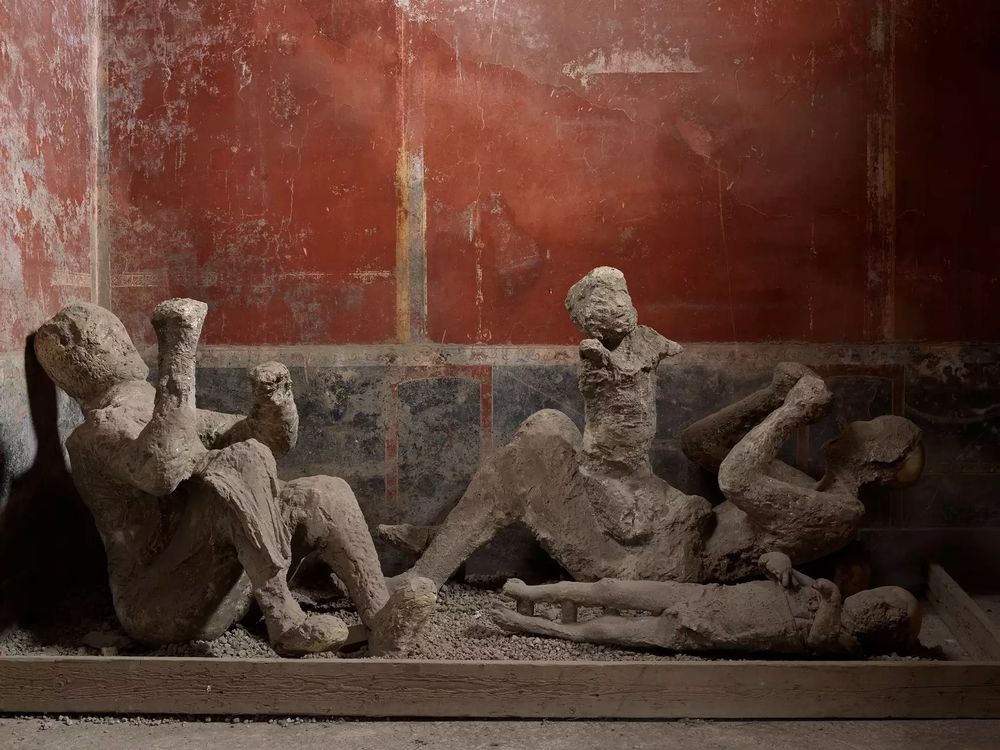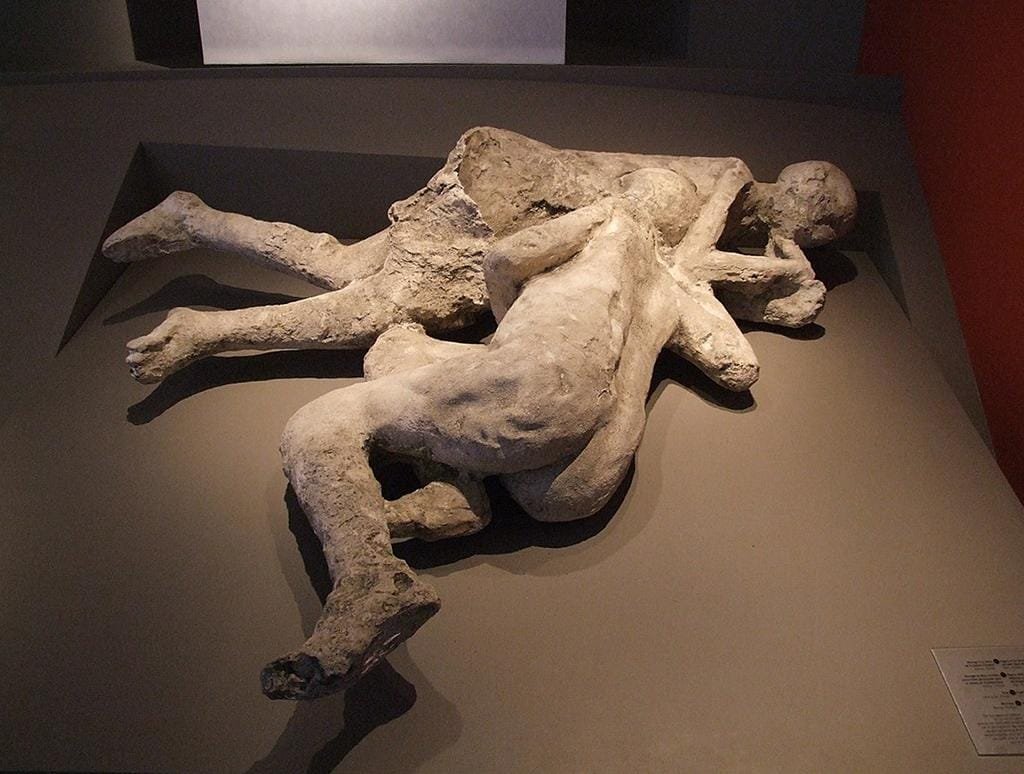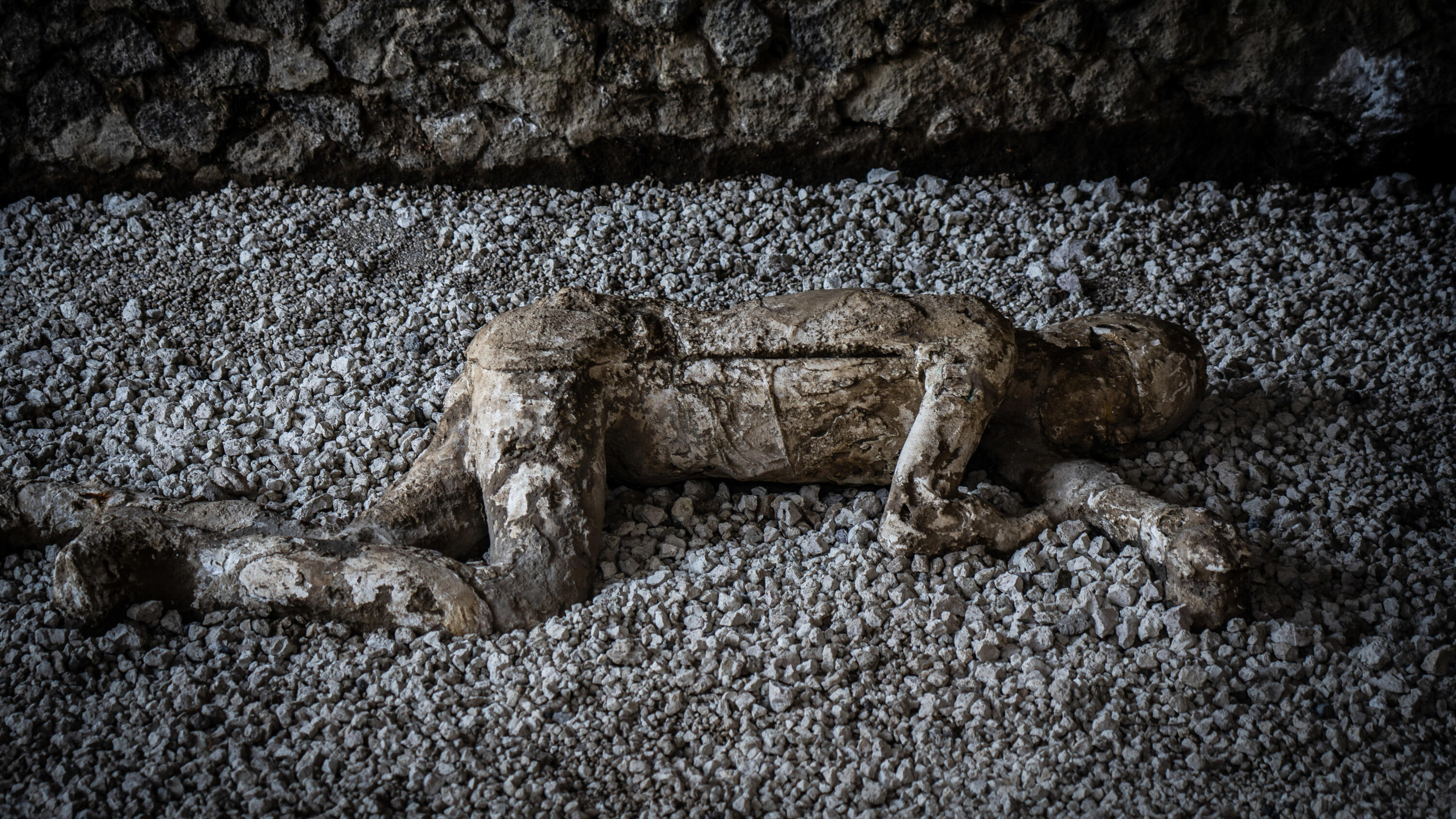Recent DNA analysis of remains from Pompeii has provided significant insights into the lives of the victims who perished during the eruption of Mount Vesuvius in 79 AD. In particular, the study of four individuals from the House of the Golden Bracelet—originally thought to be a nuclear family—has revealed that they were not biologically related.

The group consisted of an adult male adorned with the golden bracelet, an adult female, and two children. Genetic analysis confirmed no familial connection among them, suggesting the household may have included non-relatives, potentially servants or slaves. This finding challenges traditional interpretations of family structures in ancient Pompeii.

In a similar study, two individuals from the House of the Cryptoporticus, previously dubbed the “Two Maidens,” were found to lack maternal ties, with one of them identified as male. These cases highlight the importance of genetic analysis in correcting assumptions based on visual and contextual interpretations of remains.

Beyond family dynamics, DNA evidence has shown Pompeii’s population was genetically diverse, with links to regions as distant as the eastern Mediterranean. This confirms Pompeii’s role as a thriving multicultural hub in the Roman Empire, shaped by trade and cultural exchange.

These discoveries, enabled by advanced DNA techniques and the preservation of remains through 19th-century plaster casts, provide an intimate glimpse into the lives and identities of those who lived and died in Pompeii. They enrich our understanding of the social fabric and complexity of ancient Roman society, offering a more human perspective on a historic tragedy.
For more details, consult publications such as Current Biology and reports from the Archaeological Park of Pompeii.

